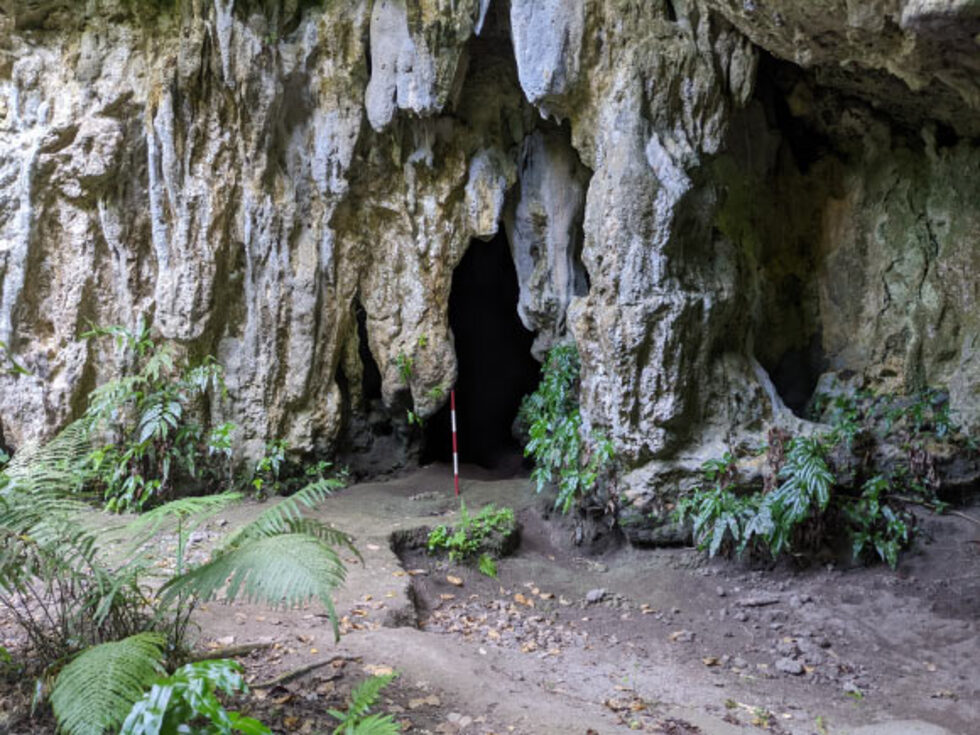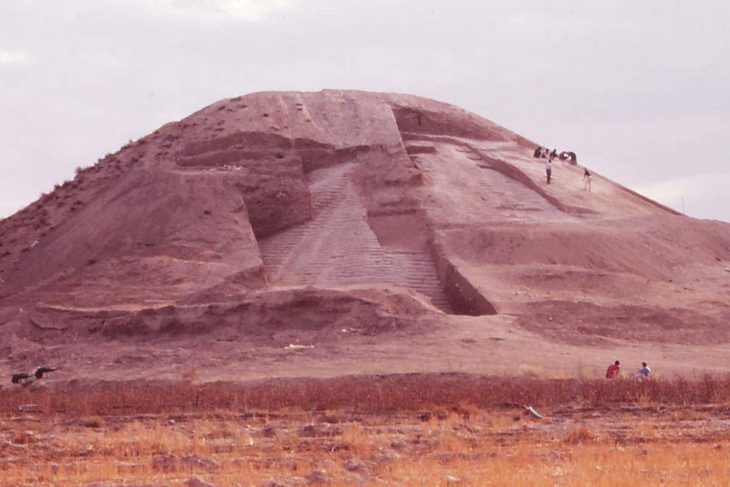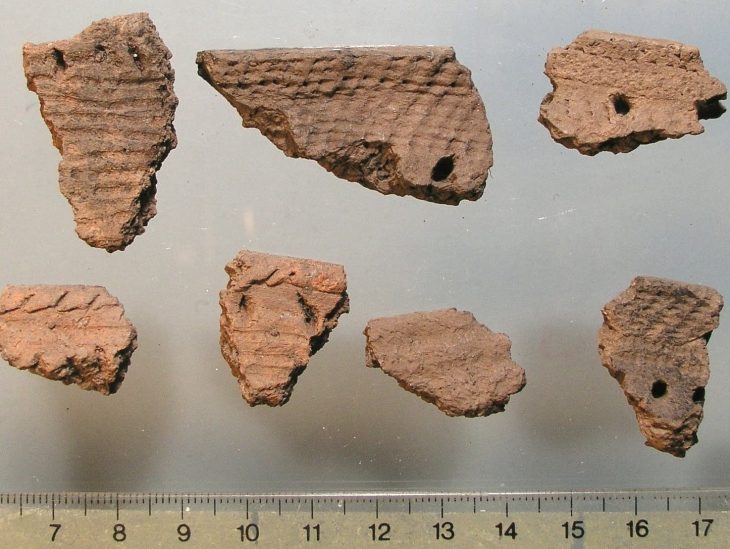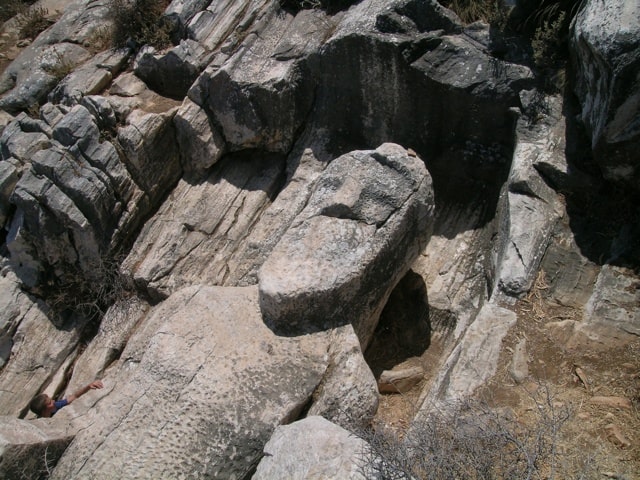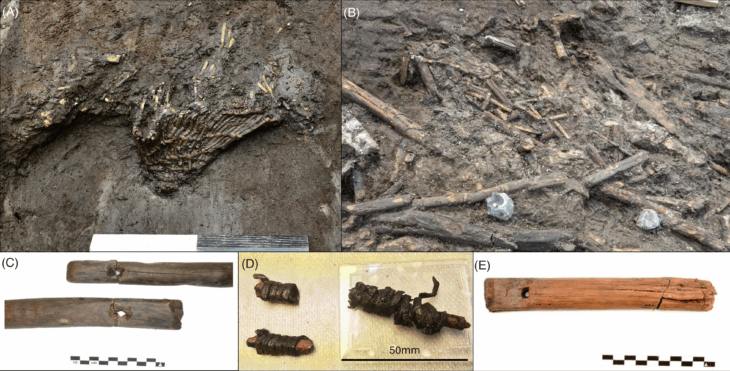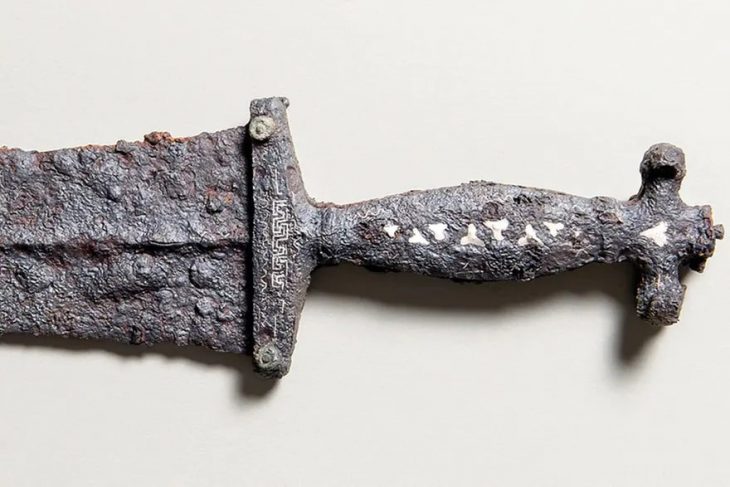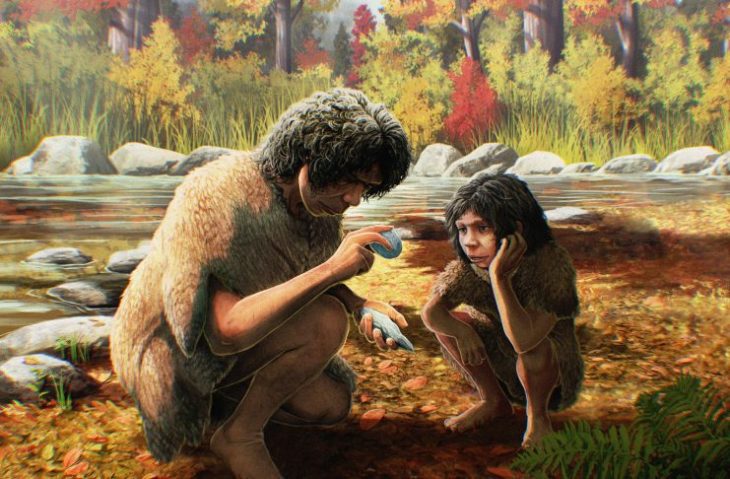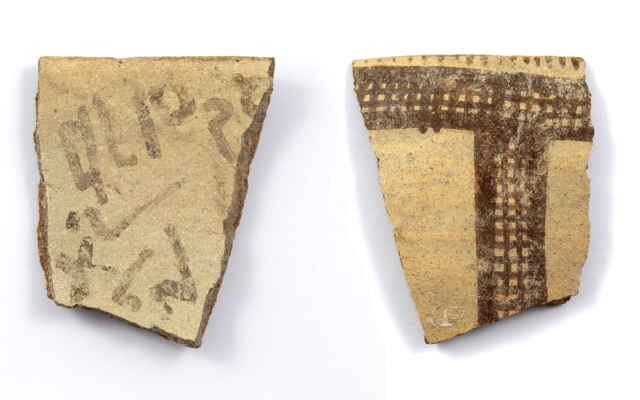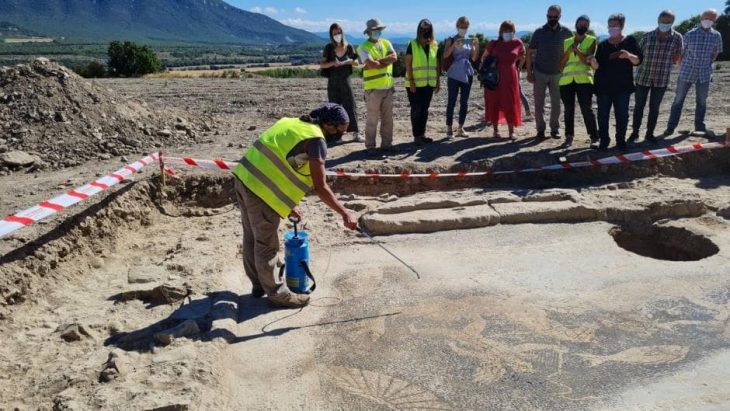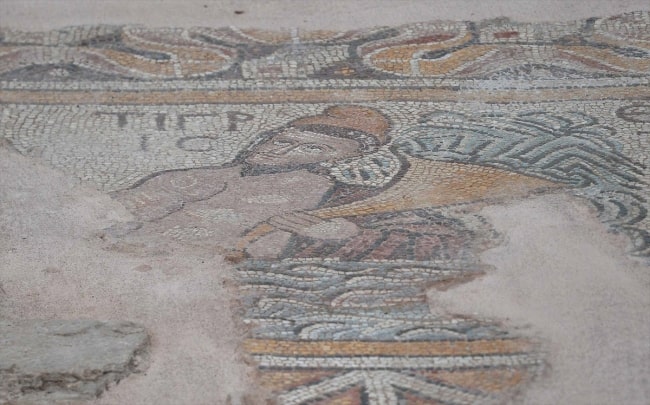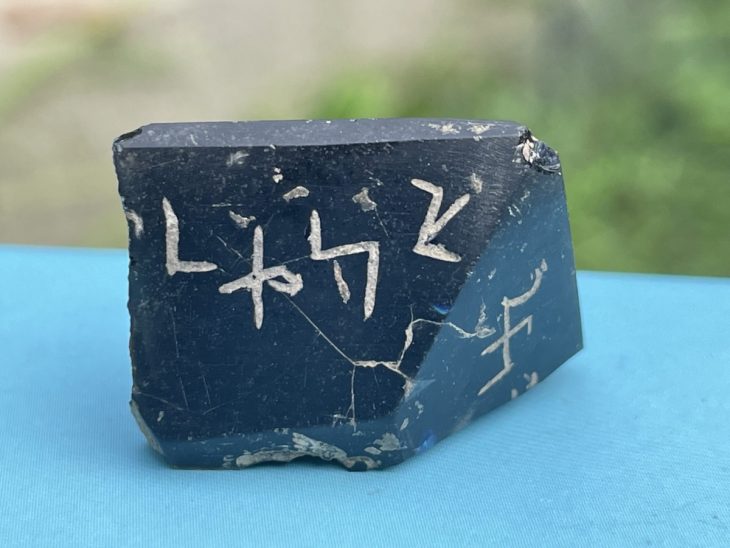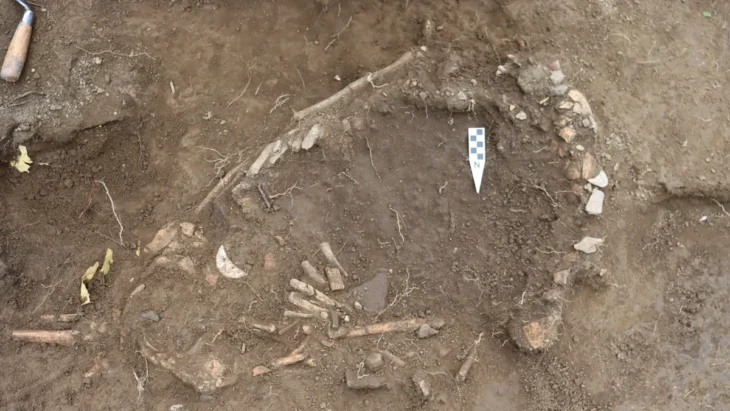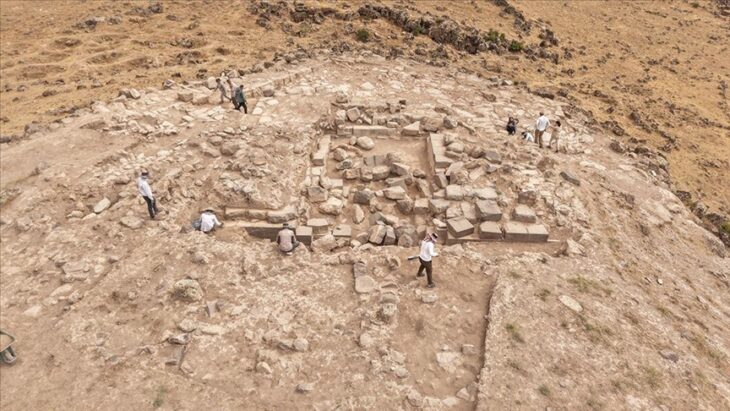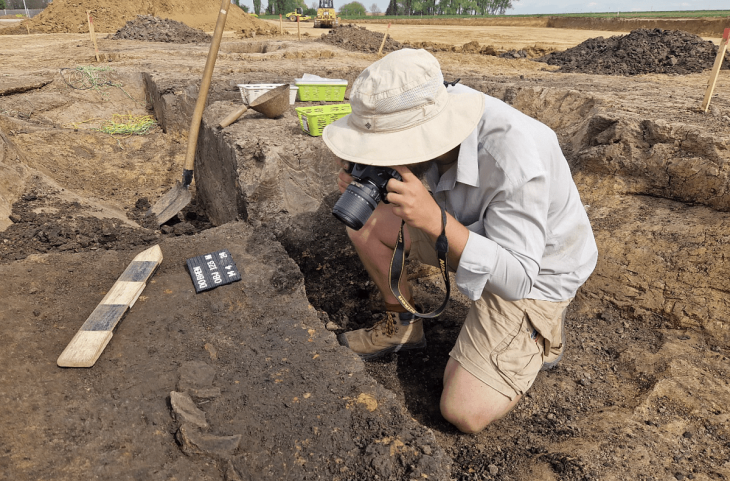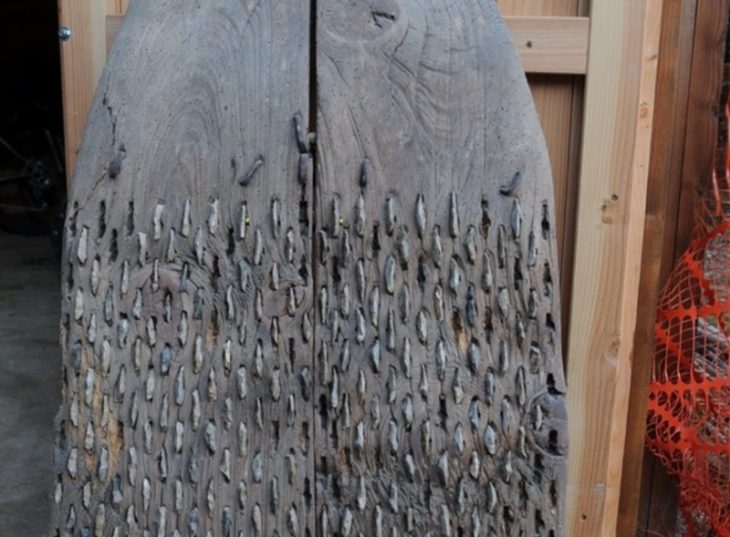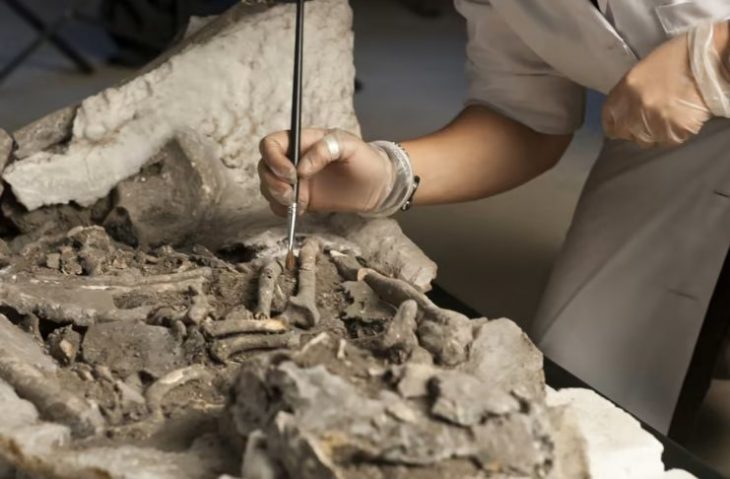Breakthrough research reveals ancient rice remains in Guam, offering insight into early Austronesian culture and a remarkable 2,300-kilometer early ocean journey—the longest of its time.
In a groundbreaking discovery, archaeologists have uncovered 3,500-year-old rice remains in Guam—evidence of an early ocean journey spanning 2,300 kilometers from the Philippines, marking the longest known seafaring voyage of its time. This ancient find sheds new light on Pacific migration, suggesting that early Austronesian voyagers transported rice as a culturally significant crop during their bold expansion across Remote Oceania.
This breakthrough, recently published in the journal Science Advances, challenges long-held assumptions about early agriculture and the migration patterns of Austronesian-speaking peoples across the Pacific.
The discovery was made at the Ritidian Site Complex in northern Guam, where researchers unearthed microscopic remnants of rice husks and leaves embedded in red-slipped pottery, locally known as Marianas Red. These rice phytoliths—tiny fossil-like silica structures left behind by plant cells—were dated using advanced radiocarbon techniques to between 3,500 and 3,100 years ago.
The international research team, including experts from the University of Guam, the Australian National University, and institutes in China, utilized cutting-edge methods such as micro-computed tomography (micro-CT) scanning and thin-section petrography to confirm the rice’s presence. The evidence provides critical insights into the movements of ancient Austronesian populations who originated from Taiwan and began migrating throughout Island Southeast Asia and into the Pacific around 4,200 years ago.
📣 Our WhatsApp channel is now LIVE! Stay up-to-date with the latest news and updates, just click here to follow us on WhatsApp and never miss a thing!!
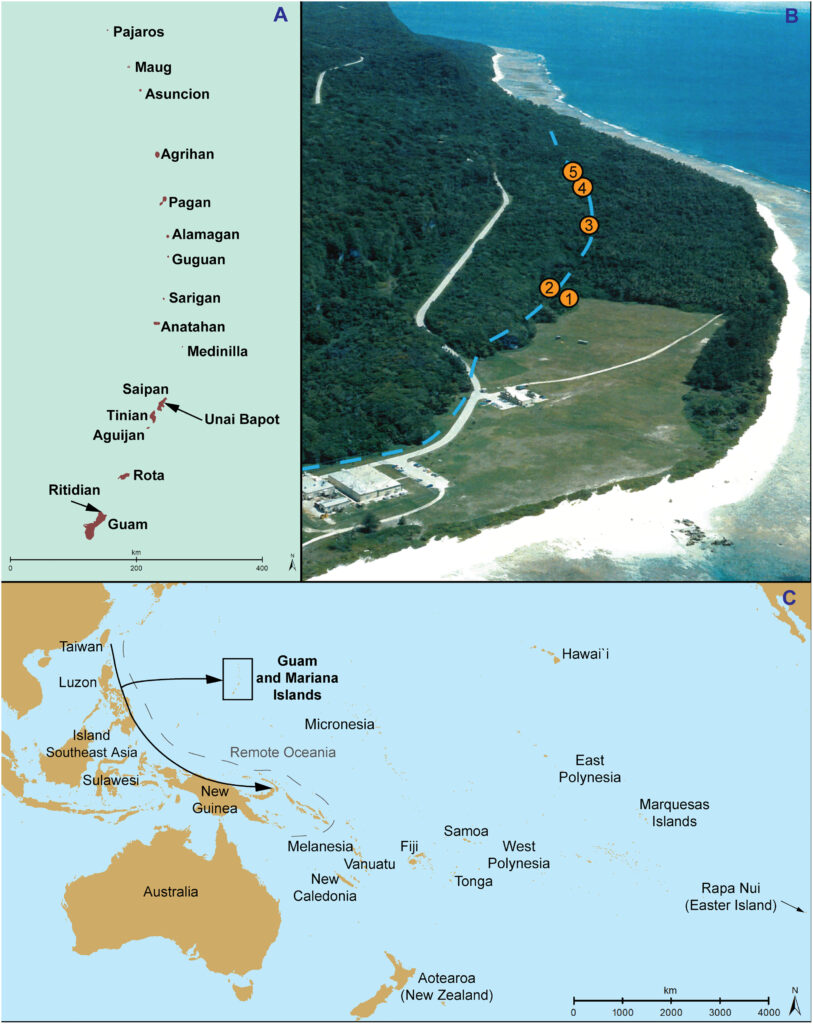
Ancient Rice, Modern Revelations
Although rice has long been a dietary staple in Taiwan and the Philippines, it was notably absent from most Pacific islands during the time of early European contact—with the unique exception of Guam and the Mariana Islands. These latest findings not only affirm that rice was present in Guam millennia earlier than previously thought, but also suggest it was carried across a 2,300-kilometer ocean voyage from the Philippines, representing the longest known seafaring journey of its era.
“This discovery provides a missing link in the story of Pacific migration,” said Dr. Hsiao-chun Hung, an archaeologist at Australian National University. “It shows that rice wasn’t just an agricultural crop—it was a cultural symbol carried across great distances, likely used for ritual purposes rather than daily consumption.”
Indeed, no ancient rice fields, irrigation systems, or harvesting tools have been found in Guam, indicating that rice likely played a ceremonial rather than subsistence role in early islander societies. According to the researchers, the rice was likely cooked and prepared away from the Ritidian cave site, which lacked the environmental conditions needed for grain storage.
A Glimpse Into the Past
The Ritidian Beach Cave, where the rice was found, remains a culturally significant site today. Importantly, it is one of the few undisturbed archaeological locations on Guam, as many others were damaged during and after World War II. The cave’s well-preserved cultural layers allowed researchers to accurately trace the rice remains to the island’s earliest known inhabitants.
Dr. Michael T. Carson, a University of Guam archaeologist and lead author of the study, described the phytoliths as “fossils of ancient plant parts” that preserve detailed plant anatomy through their silica content. “These microscopic remains give us incredible insights into agricultural practices that existed over 3,000 years ago,” he said.
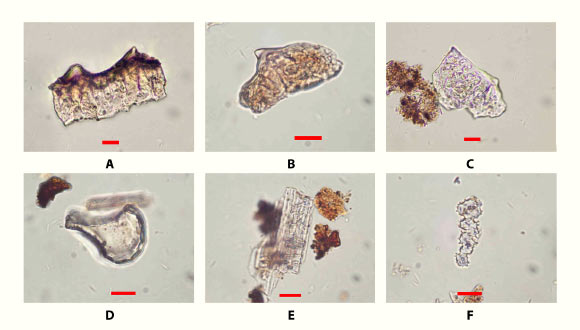
Redefining Pacific Prehistory
The findings significantly shift the timeline for rice cultivation in the Pacific. Previous archaeological evidence of rice in Remote Oceania dated back only 1,000 to 700 years ago, making this discovery over two millennia older.
Furthermore, the presence of rice strengthens the connection between early settlers of the Mariana Islands and their Asian homeland, reflecting an enduring bond with ancestral traditions. The study supports the theory that the Austronesian expansion into the Pacific was not merely a matter of migration but also involved deliberate cultural and agricultural planning.
“This discovery highlights the remarkable foresight, navigational skills, and cultural priorities of ancient Pacific Islanders,” said Dr. Hung. “It underscores how deeply intertwined food, migration, and identity were for these early voyagers.”
As scientists continue to explore the Pacific’s archaeological record, the ancient rice of Guam may open new pathways for understanding how agriculture and cultural practices traveled across vast oceans—reshaping our knowledge of human history in the process.
Mike T. Carson et al. 2025. Earliest evidence of rice cultivation in Remote Oceania: Ritual use by the first islanders in the Marianas 3500 years ago. Science Advances 11 (26); doi: 10.1126/sciadv.adw3591
Cover Image Credit: Ritidian Beach Cave, Guam. Hsiao-chun Hung.

